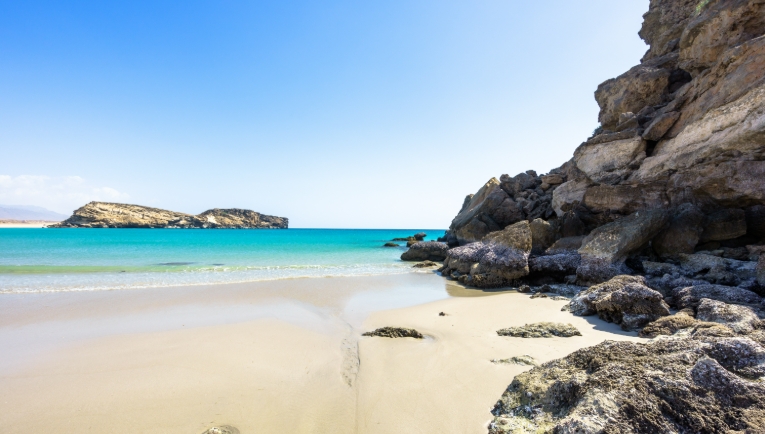The Arabian Sea: A Gateway to Culture and Nature
The Arabian Sea, an integral part of the Indian Ocean, is not just a beautiful expanse of water; it is rich in history, culture, and biodiversity. Covering around 3.86 million square kilometers, it connects multiple countries and serves as a critical route for trade and transportation. Understanding this vital body of water can enhance our appreciation for its ecological significance and cultural relevance.
The Historical Significance of the Arabian Sea
Throughout history, the Arabian Sea has been a bustling trade route, connecting the East and West. Ancient civilizations relied on its waters for commerce, leading to the exchange of goods and ideas. The cities along its coasts, such as Aden and Mumbai, played significant roles in maritime trade, making them melting pots of cultures. Archaeological findings suggest that maritime trade across the Arabian Sea dates back thousands of years, fostering relationships between various civilizations and enriching the cultural tapestry of the regions surrounding it.
Biodiversity and Natural Wonders
The Arabian Sea is home to diverse marine life, boasting over 1,000 species of fish and a wide variety of seabirds. Its coral reefs, mangroves, and estuaries provide crucial habitats for numerous marine species, making it one of the world’s vital ecosystems. Beyond fish, the sea is also known for its rich planktonic life, which supports larger marine creatures, including dolphins, sharks, and even whales. Conservation efforts are ongoing to protect these marine environments from the threats of pollution, overfishing, and climate change, ensuring that future generations can appreciate their beauty and importance.
Strategic Importance in Global Trade
In today’s world, the Arabian Sea remains a strategic maritime corridor. As a key contributor to global trade, it facilitates the transport of oil, textiles, and other commodities between major economies like India, the Middle East, and Africa. The sea’s international shipping lanes are crucial for energy security, making it a focal point for geopolitical interests. Understanding these dynamics can help us appreciate the delicate balance of international relations and economic dependencies tied to this remarkable body of water.
Conclusion
The Arabian Sea is more than just a body of water; it is a vital part of our shared history, an ecological treasure, and a central artery for global trade. As we delve deeper into its mysteries, we uncover the interconnectedness of culture, nature, and economy. If you’re intrigued and want to learn more about this captivating sea and its surrounding regions, consider exploring the local cultures, engaging in marine conservation efforts, or even planning a visit to witness the beauty of the Arabian Sea firsthand.

